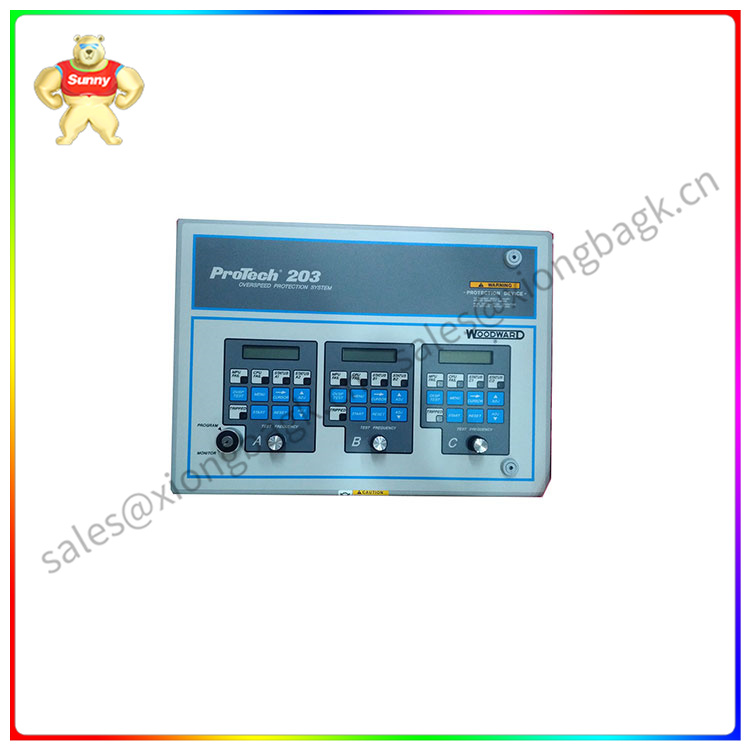2.1. Develop the host environment
This section explains how to set up a development environment for the Renesas Remi Pi platform, which uses the RZ/G series of processors, which are multi-core heterogeneous processors, and the RZ/G2L has two ARM Cortex A53s. By reading this chapter, you will understand the installation and use of related hardware tools, software development and debugging tools. And can quickly build the relevant development environment, for the subsequent development and debugging to prepare.
• Host hardware
9907-149 The construction of the entire SDK package project has relatively high requirements for the development host, requiring the processor to have a dual-core CPU, more than 8GB memory, 100GB hard disk or higher configuration. It can be a PC or server that runs Linux, a VM that runs Linux, or WSL2 in Windows.
• Host operating system
Generally, the OS is installed on the local host of Linux distributions such as Fedora, openSUSE, Debian, Ubuntu, RHEL, or CentOS. The recommended OS is the Ubuntu22.04 64bit desktop system. This OS is used as an example for subsequent development.
• Install the required software packages

9907-149
For details about how to install the basic software package, see the Remi Pi_Linux Software Development Guide. Only one software package is required.
9907-149 PC@system1:~$ sudo apt-get update
PC@system1:~$ sudo apt-get install qemu-user-static
3. Porting the Ubuntu 22.04 file system
3.1. Introduction
Ubuntu-base is the official ubuntu build Ubuntu minimum file system, including debain package manager, the basic package size is usually only tens of megabytes, behind the entire ubuntu software source support, ubuntu software is generally more stable. Linux software can be installed on demand based on ubuntu-base, and the depth can be customized, etc., which is often used for embedded rootfs construction.
There are several common embedded file system construction methods: busybox, yocto, buildroot, but Ubuntu is convenient, powerful package management system, has strong community support, and can directly apt-get install to install new software packages. This article introduces how to build a complete ubuntu system based on Ubuntu-Base. ubuntu supports many architectures, arm, X86, powerpc, ppc, etc. This paper mainly based on arm as an example, to build a relatively complete ubuntu system.
 中文版
中文版




